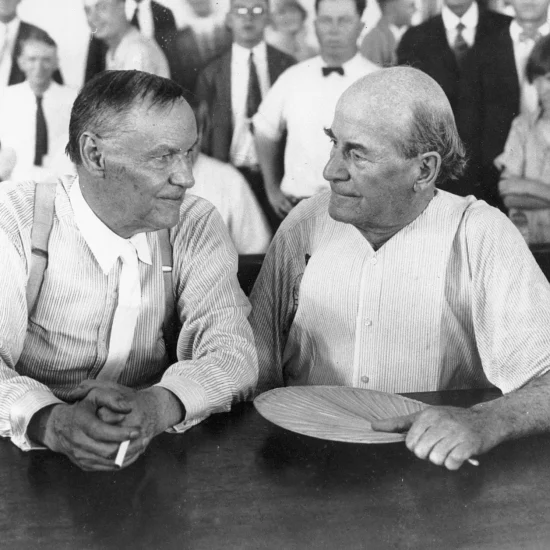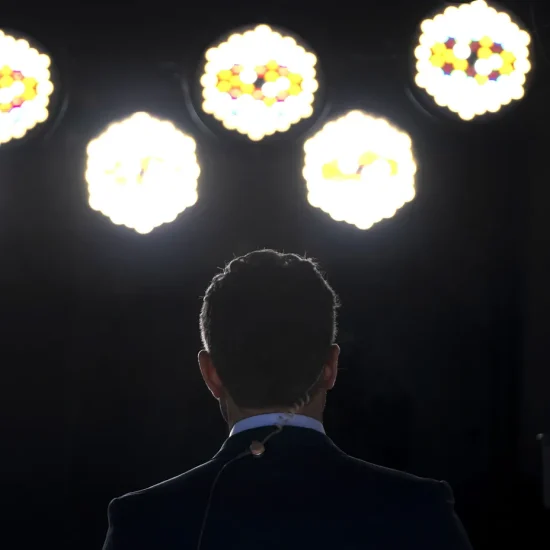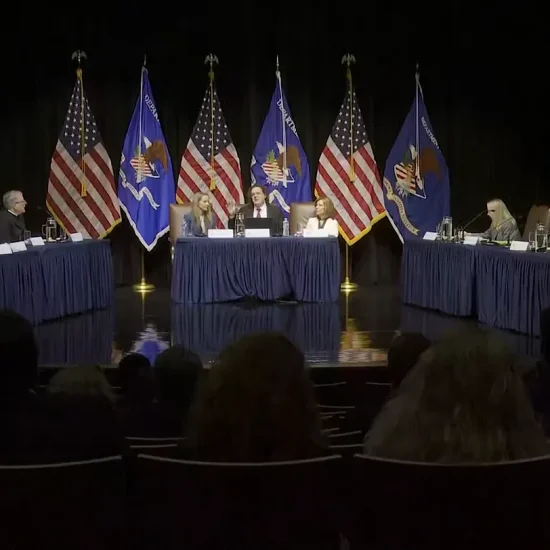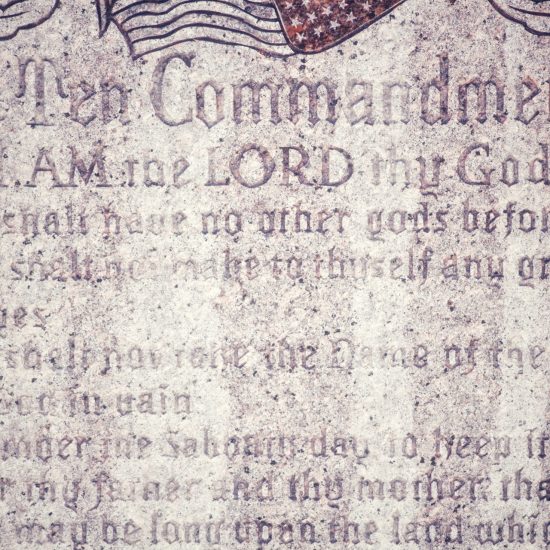Last week, a majority of justices on the U.S. Supreme Court decided to flip to a calendar in their quest to discover truth. Well, they didn’t admit that, but that’s essentially what they did in the “cross case” (officially known as The American Legion v. American Humanist Association). The 94-year-old cross in Bladensburg, Md., which now sits on public land and is maintained and illuminated with taxpayer money, raised important constitutional questions. And while the Court’s decision is not as bad as some feared — as Holly Hollman of the Baptist Joint Committee for Religious Liberty explained — since it at least acknowledges the cross is an inherently religious symbol, the ruling does raise a significant problem regarding the foundation for its argument.

Brian Kaylor
The majority opinion, written by Justice Alito, speaks frequently of the monument’s “historical significance.” And Justice Kavanaugh, who signed onto the majority opinion, wrote approvingly in a concurring opinion that the Court had applied “a history and tradition test in examining an upholding the constitutionality of the Bladensburg Cross.”
What this focus on history in the opinion does is use time to judge truth, a calendar to judge constitutionality. As Alito wrote, “Retaining established, religiously expressive monuments, symbols, and practices is quite different from erecting or adopting new ones.” But if a new cross monument on public land is not constitutional, why is an old one? Is there some sort of squatter clause to the First Amendment that once you violate it long enough you’re okay?
It’s true that this isn’t the first time the Court used a historical test (but that historical usage doesn’t make it right to use again). As Alito wrote in the cross case opinion, the Court sometimes “looks to history for guidance,” as they did in previous rulings justifying legislative prayers (including the stating of new prayers, not just those already uttered in history).
Thus, Alito and other justices have looked to the “First Congress” for guidance — as if the founders were infallible. Yet, those early leaders of our nation codified slavery and counted blacks as merely three-fifths of a human. Surely, we wouldn’t justify slavery today based on the “historical significance” from the “First Congress.” What other “historical” practices from the time of the “First Congress” could we try? States establishing an official church? States persecuting Baptists and other dissenters? Surely, the courts today wouldn’t back such practices, despite the “historical significance.”
 Clearly, Alito only values “historical significance” when he agrees with the practice in question. He joined the majority opinion in the Trinity Lutheran case in 2017 that partly overturned a provision in Missouri involving religion that went back nearly 200 years in that state and had roots in the founding era. Why is 94 years enough to save a cross, but 200 years is not significant enough for rules involving government aid to churches? Apparently, history isn’t enough, but if we strip away the “historical significance” argument from the cross case opinion we’re left without a compelling reason for the monument’s constitutionality.
Clearly, Alito only values “historical significance” when he agrees with the practice in question. He joined the majority opinion in the Trinity Lutheran case in 2017 that partly overturned a provision in Missouri involving religion that went back nearly 200 years in that state and had roots in the founding era. Why is 94 years enough to save a cross, but 200 years is not significant enough for rules involving government aid to churches? Apparently, history isn’t enough, but if we strip away the “historical significance” argument from the cross case opinion we’re left without a compelling reason for the monument’s constitutionality.
More troubling, Alito and other justices read history selectively. He recounts in the cross case opinion the history of “First Congress” hiring a chaplain. But he leaves out the fact that James Madison — the ‘Father of the Constitution’ — came to see the legislative chaplains as an unconstitutional mistake. So, there’s also a long history of opposing chaplains! Which historical voice will we heed? Maybe history doesn’t solve the debate and we instead have to actually consider the merits of the issue.
Yet, rather than deal with the substance of the symbol, the Court instead used history as a crutch. Alito wrote that given the “historical significance, removing it may no longer appear neutral.” While such a statement is true, what he fails to acknowledge is that leaving the cross is also not neutral! Once this case landed in their courthouse, neutrality no longer remained an option. The Court is not valuing neutrality. The Court has taken a position.
Many Confederate monuments are older than the Bladensburg Cross. Removing them — as cities like New Orleans and St. Louis have rightfully done — is not neutral. But neither is it neutral to leave those monuments to white supremacy standing. Or, should we deem them as morally acceptable once they become “historical” enough?
“Not to speak is to speak. Not to act is to act,” explained Presbyterian pastor Robert Hudnut. “To do nothing when a house is burning is to do something. It is to let the house burn. To say nothing when a country is burning is to say something. It is to let the country burn.”
Justice Ginsburg, in her excellent dissenting opinion in the cross case, rightly noted the Court “erodes that neutrality commitment” with its majority opinion. Citing a court brief filed by the BJC and other groups, she noted the Latin cross “is the foremost symbol of the Christian faith” and has been so “for nearly two millennia” (which is more than the 94 years of “historical significance” upon which Alito based his argument).
The Court has not found a neutral position. Instead, it is submitting itself to the logic of a calendar by supporting monuments “with a longstanding history.” But they didn’t let us know how old something has to be to be constitutional. They seem to suggest that 94 years is old enough. What about 50? What about 30? What about 10? At what point have we flipped enough calendar pages for something to magically become constitutional?
In the imaginative book Between Heaven and Hell: A Dialog Somewhere Beyond Death with John F. Kennedy, C.S. Lewis, & Aldous Huxley, philosopher Peter Kreeft tackles the problem of looking to time to judge truth. As Kennedy and Lewis — who died on the same day along with Huxley — are debating truth in the novel, Kennedy dismisses something as “outdated.” That brings Lewis to criticize an attempt at “telling truth with the clock.” Lewis urged Kennedy to avoid “clock words or calendar words” to judge an argument, adding “calendars are only big, long clocks, after all.”
A majority of the justices on the Supreme Court would do well to heed the words of Kreft’s Lewis. We cannot judge the truthfulness of an argument with a clock. Nor can we judge the meaning of a cross monument with a calendar.
Brian Kaylor is editor and president of Word&Way.






